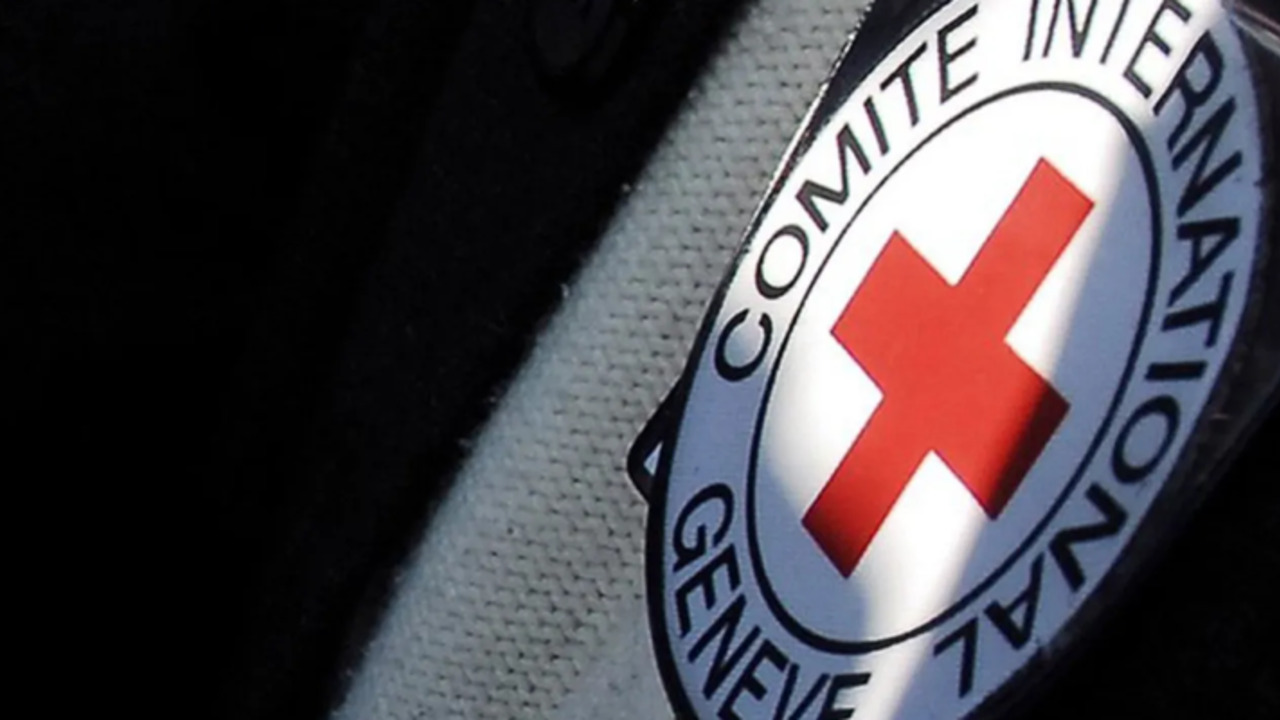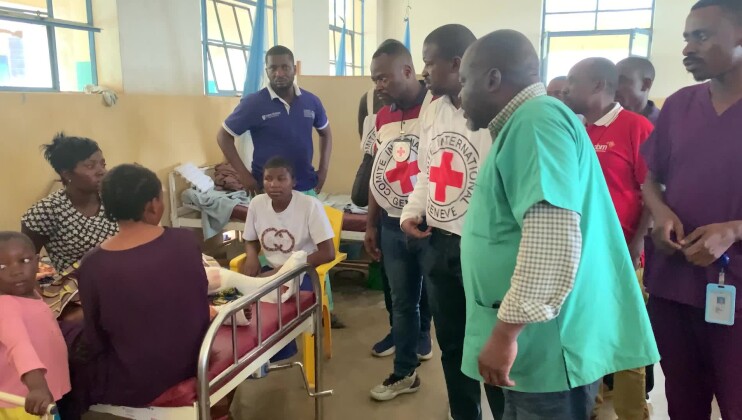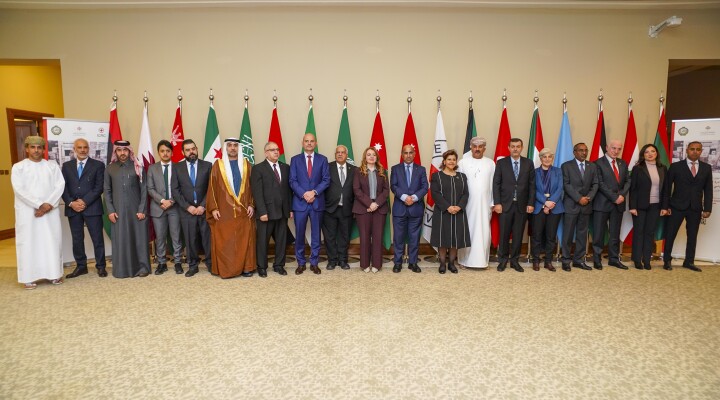Environmental wartime protection is central to the protection of civilians
Mr. Chair, Excellencies,
The International Committee of the Red Cross (ICRC) welcomes today’s important discussion on the need to step up preventive action to protect the environment and how doing so can contribute to peace.
The natural environment has too often remained a silent casualty of war, with severe and complex consequences for conflict-affected populations. The intersection of conflict, climate risks and environmental degradation can amplify tensions, exacerbate vulnerabilities, and deepen inequalities.
The growing use of explosive weapons in densely populated or urban areas – for instance – destroys civilian infrastructure and disrupts essential services, worsening environmental damage through the contamination of soil, water, air, and other life-sustaining resources, persisting far beyond the end of hostilities themselves.
For conflict-affected communities feeling the direct impact of climate hazards, adaptive capacities are already limited, as people, systems, and institutions struggle to survive the devastation of war.
Rather than securitized responses alone, what is needed are concrete measures to spare the environment from conflict and comprehensive, conflict-sensitive efforts to strengthen people’s and communities’ resilience, improve adaptive capacity and meet the protection and assistance needs of the most vulnerable.
International humanitarian law contains rules that set limits to the damage that can be exacted on the environment in wartime. One way to promote better compliance with IHL is to ensure these rules – including those restated in the ICRC’s 2020 Guidelines on the Protection of the Natural Environment in Armed Conflict – are integrated into armed forces’ doctrine, training, and disciplinary systems before conflict breaks out.
Indeed, respect for IHL from the outset of a conflict can help protect the environment and prevent situations spiraling into extremes in the first place.
For instance, some militaries have established units and appointed staff with specific environmental expertise and responsibilities to reduce the impact of military operations on the environment. Others consult maps of areas of particular environmental importance or fragility during military planning.
States can also use international and national fora, platforms or initiatives to increase awareness of IHL rules, including among the general population, and promote their implementation.
Measures such as these can facilitate and bolster peace initiatives by reducing the material cost of war, while maintaining a pathway to stability, peace, and recovery.
When conflicts are characterized by violations of IHL and widespread destruction, including of the natural environment, then development and peace become ever more elusive.
In the ICRC’s view, environmental wartime protection is central to the protection of civilians. Recalling that parties to armed conflict have obligations to take the environment into account as they fight is an important component of the environment, peace, and security discussion.
Additionally, any discussion around climate risks should reflect the reality that solutions will not be found through security measures alone, but through investment in systemic measures to manage current and future risks, promote adaptation and strengthen resilience.
We encourage States to consider the adoption of pledges on IHL and the natural environment at the upcoming 34th International Conference of the Red Cross and Red Crescent, and to share their practice at the Spotlight Session on this topic.
Mr. Chair, Excellencies,
In the contexts where we work, we see strong determination to find ways to address the devastating environmental consequences of war and a changing climate.
Decisive support from the international community and strong compliance with IHL are essential to enable effective action and prevent existing vulnerabilities and crises from multiplying.
Those most at risk must remain our urgent priority.
Thank you.




